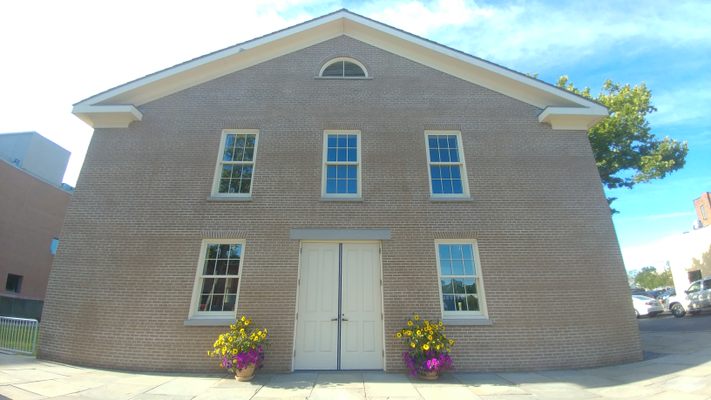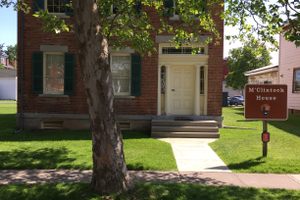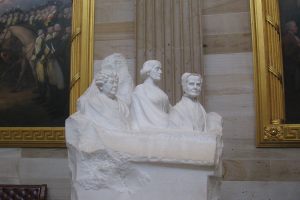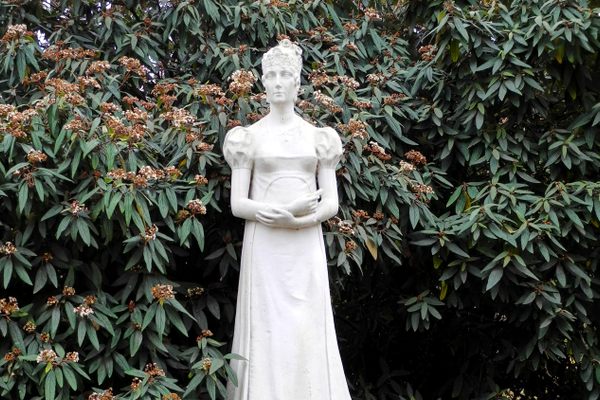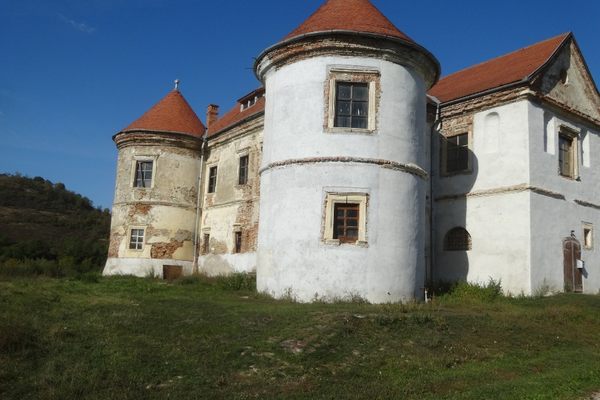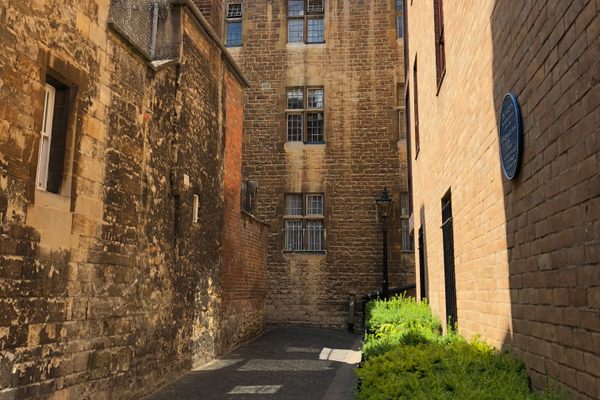About
Though there had been efforts to advance the rights of women in early American history, the official start of the women’s rights movement is widely considered to have been the Seneca Falls Convention, which took place on July 19-20, 1848, at the Wesleyan Chapel in Seneca Falls.
The simple red brick chapel was first built in 1843 by a Methodist congregation that supported the abolition of slavery and other liberal reforms. Having hosted political rallies, reform lectures, anti-slavery and free speech events, the chapel was considered the perfect place from which to issue the call for women’s rights.
The Seneca Falls Convention was organized by activist and suffragist Elizabeth Cady Stanton and local Quaker women, along with Philadelphia-based Quaker Lucretia Mott, who was known for her excellent public speaking skills, rare for a woman in that era. A Declaration of Sentiments was prepared, with the Declaration of Independence as a blueprint ("all men and women are created equal" instead of just "all men.")
The movement got off to a rocky start: On the first day of the convention, the chapel door was locked when the attendees arrived, and Stanton’s nephew had to be lifted through an open window so he could unlock the church from the inside and let everybody in. Once inside, the women finalized a list of grievances. The most famous and controversial resolution proposed was women's right to vote. Even Stanton’s own husband thought that such a resolution would be ridiculed and make every other resolution look silly by association. Frederick Douglass, the only African American out of the approximately 3,000 total attendees, spoke in favor of suffrage.
In the end, the declaration passed with its most important detail and was signed by 68 women and 32 men. The voting and signing on the second day of the convention were presided over by men chairing the sessions, as it was considered too radical to have a woman chair a meeting that included both men and women, even if that meeting was about advancing women's rights and place in society.
The Wesleyan Chapel was later sold by the congregation, and went through many commercial owners over the next 100 years, each of whom altered the building significantly. In 1980 it was listed on the National Register of Historic Places, and in 1985 it was purchased by the National Park Service. Today only three walls and a few wooden beams remain from the original structure, but the missing walls, doors, windows, and roofing have been replaced, so that what stands on the site is a representation of how it looked during the historic convention that started the long journey for women's rights.
Related Tags
Know Before You Go
Take Exit 41 off I-90 toward Waterloo, keep right and merge onto NY-414 South. Turn left onto NY-318 East, right onto Black Brook Road after a mile and a half, left onto Clinton street after two and a half miles, then left onto Fall Street after about a mile. There is parking on the street and behind the Visitor’s Center, which has many interesting exhibits, including the park film “Dreams of Equality” and a statue exhibit called “The First Wave.”
Published
October 25, 2016
Sources
- https://en.wikipedia.org/wiki/Wesleyan_Methodist_Church_(Seneca_Falls,_New_York)
- https://www.nps.gov/wori/learn/historyculture/wesleyan-chapel.htm
- https://www.nps.gov/wori/learn/historyculture/the-first-womens-rights-convention.htm
- https://www.nps.gov/wori/index.htm
- https://www.nps.gov/wori/learn/historyculture/wesleyan-chapel-rehabilitation-project.htm
- https://en.wikipedia.org/wiki/Seneca_Falls_Convention
- https://www.google.com/maps/dir/Rochester,+NY/Women's+Rights+National+Historical+Park,+136+Fall+St,+Seneca+Falls,+NY+13148/@42.9108217,-76.8006861,133m/am=t/data=!3m1!1e3!4m13!4m12!1m5!1m1!1s0x89d6b3059614b353:0x5a001ffc4125e61e!2m2!1d-77.6109219!2d43.16103!1m5!1m1!1s0x89d0b7d23a0cd2ff:0xcb581d4d7a86ff3f!2m2!1d-76.800133!2d42.9108212




